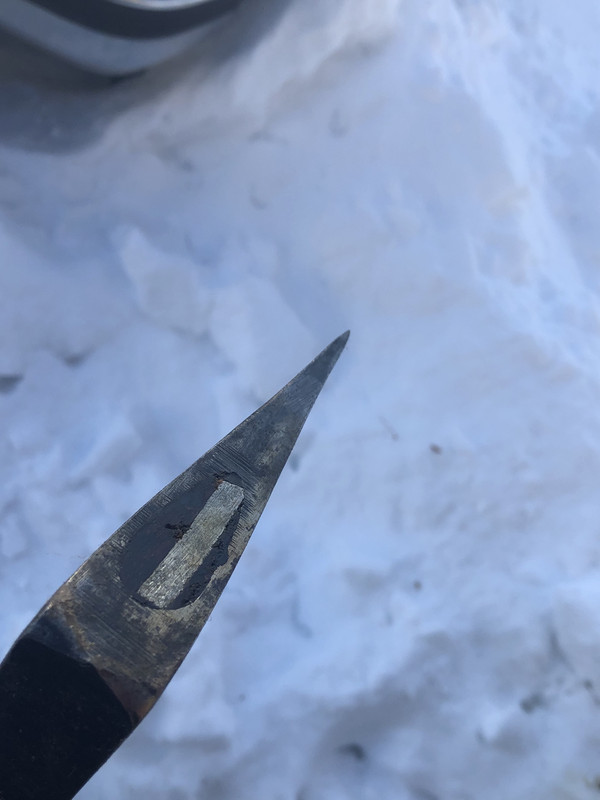- Joined
- Jul 31, 2017
- Messages
- 1,368
Internet has tendency to streamline definitions and loose some info in the process. Things get interesting when you talk to somebody who has pre-internet knowledge of axes. I have run into a guy (he was sourcing his axes from Adirondack region) who was calling all boy's size axes (regular and Hudson Bay) cruisers. It might be regional but we have to have in our minds the definition of Timber Cruiser job.And calling it "Alagash Cruiser" further muddies the water. I thought I would see a DBL bit when I clicked the link. Not a fan of their naming but from a marketing stand point it will probably be a success.
Incidentally, he had beat up 2.5 lbs Sager Cruiser with 26 inch Adirondack haft (up to this point this is only Cruiser I managed to buy)
I have just found old thread about that subject https://www.bladeforums.com/threads/cruiser-axe-your-definition.929948/
Last edited:

